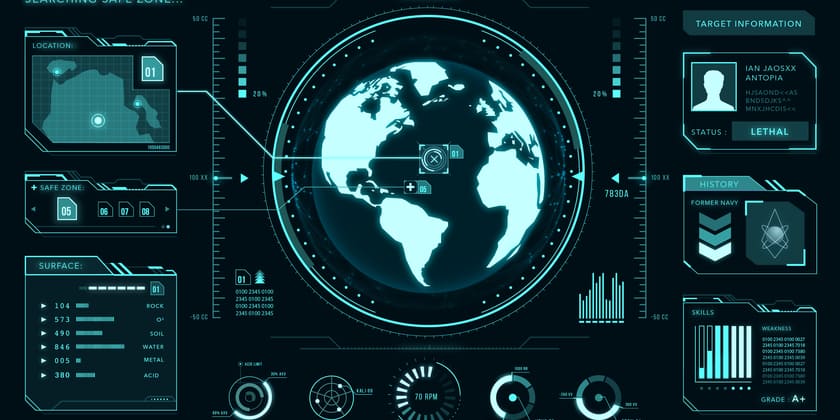Cyber warfare refers to cyber attacks carried out by one nation-state against another. It also encompasses attacks by terrorist groups or hacker organisations.
These cyber attacks will often take place under the radar, however, there has been an increase in the number of more high-profile cases including Russia’s suspected manipulation of social media to influence the 2016 US presidential elections.
One of the major problems with cyber warfare is it’s often difficult to work out who launched the attack. Due to the anonymity the internet provides, and the deceptive methods used by hackers to cover their tracks, it can often be difficult to trace the perpetrator of a cyber-attack.
Often it will only be the intelligence or guess work surrounding the motives that will point to the country, organisation or person that may be behind the crime.
Cyber warfare could potentially be used to destabilise a country by attacking critical infrastructure such as national power grids, financial markets or military databases. The damage resulting from an attack on this scale could be devastating.
What forms can cyber warfare take?

-
- DDoS Attacks
A Distributed Denial of Service (DDoS) attack is an attempt to make an online service unavailable by overwhelming it with huge volumes of traffic from multiple sources. This attack method was used in 2007 when cyber warfare officially made the headlines.
After Estonia attempted to relocate a soviet war memorial, Russia was accused of launching a huge DDoS attack in retaliation. More than 1 million computers were used to take down government, business and media websites.
Massive waves of spam were sent by botnets, and huge volumes of automated online requests were used to flood servers. The cyberattack caused massive disruption and is thought to have cost the Estonian economy tens of millions of Euros in damage.
-
- Malware (Viruses, Worms, Trojans)
Viruses, worms and Trojans are all forms of malicious software that can be used in cyber warfare attacks. They can be used to infect a system by being grouped with other programs, attached as files, installed by exploiting vulnerabilities in older software, or as in the vast majority of cases, they are installed when a user falls for a phishing scam and clicks on an attachment or downloads a file.
This method was used in one of the first nation state cyber-attacks in 2010, when the Americans and Israeli’s collaborated to take stop Iran from producing Uranium that could be used in nuclear weapons.
A computer worm known as Stuxnet was placed on an infected USB stick and used to gain access to the Iranian computer systems. Although it didn’t completely halt operations it did destroy nearly 1,000 uranium enriching centrifuges and significantly reduced Iran’s nuclear capabilities.
-
- Unpatched Software
Unpatched software is one of the main causes of computers getting hacked. Criminals are quick to take advantage of any vulnerabilities in older and outdated software to launch an attack.
Patching fixes these vulnerabilities, so hackers are unable to gain entry into a system to steal sensitive data, lock users out, or demand a ransom. If patches are not applied, it provides cyber criminals with an easy access point to networks.



